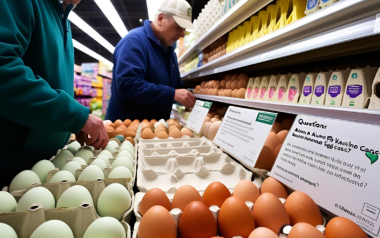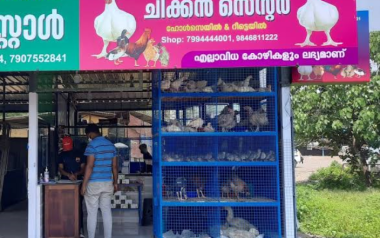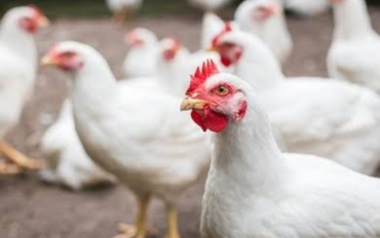
09 Jul 2020
Slaughterhouse epidemiology and Campylobacter control strategies
Content available at: Español (Spanish)Incidences of Campylobacter are estimated at around 9 million cases per year, with an approximate cost […]
Available in other languages:
Content available at:
Español (Spanish)
Incidences of Campylobacter are estimated at around 9 million cases per year, with an approximate cost generated to public health systems of 2.4 billion euros per year (EFSA, 2011).
The European Directive 2003/99 / EEC of 17 November 2003 includes campylobacteriosis and its causative agents within Annex I as a zoonotic agent that must be monitored, reporting the number of isolates, registration of cases, and facilitation of information to Member States.
However, despite the high prevalence of this zoonotic agent, to date no measures have been established for its reduction, nor is it mandatory to implement control plans. Due to the implication of chicken meat as the main reservoir of human campylobacteriosis, Campylobacter control strategies are necessary in all the areas of the food chain, in simpler terms: “from farm to fork”.
However, EFSA has estimated that reducing the prevalence of the bacteria at the primary production level would be the most effective strategy (EFSA, 2011).
According to data published by EFSA, the average prevalence of Campylobacter in broiler flocks at the community level is 71.2%, with 88% in the case of Spain (EFSA, 2010)

In the last decade, the effectiveness of various strategies to decrease the prevalence of Campylobacter in broilers has been investigated and evaluated, which can be grouped into two larger groups: pre-slaughter and post-slaughter. Within pre-slaughter strategies, there are different alternatives, including:
PRE-SLAUGHTER
- Biosecurity measures aimed at avoiding colonization and transmission of the bacteria between different flocks.
- Nutritional measures through the administration of various substances such as essential oils, pre- and probiotics, bacteriocins and bacteriophages.
- Passive immunization or vaccination strategies (Meunier et al., 2016).
However, despite the fact that the results of in vitro tests have been very promising, the same can’t be said for the field-level efficacy in most cases. Furthermore, there is an important controversy regarding the effectiveness of each of these strategies due to the great variability of the results obtained.
POST-SLAUGHTER
In addition to pre-slaughter strategies, other possible slaughterhouse interventions have been investigated to reduce the prevalence of Campylobacter. Contamination of chicken meat occurs during slaughter and processing of broilers, from the intestinal content of animals infected with Campylobacter (Johannessen et al., 2007).
For this reason, a reduction of the order of 2 or 3 log in the microbial load of Campylobacter in the carcasses has been shown to decrease the cases of human campylobacteriosis by 30 and 96%, respectively (Rosenquist et al., 2003; Messens et al., 2007; EFSA, 2011, 2015).
Aware of the impact that this has on public health, the European Commission launched a proposal for a Regulation for the control of Campylobacter at the slaughterhouse level (Figure 1), which modifies Regulation 2073/2005 (EC, 2005). This proposal was put to effect in 2017.
TO CONTINUE READING REGISTER IT IS COMPLETELY FREE
Access to articles in PDF
Keep up to date with our newsletters
Receive the magazine for free in digital version
REGISTRATION
ACCESS
YOUR ACCOUNT
LOGIN
Lost your password?




































